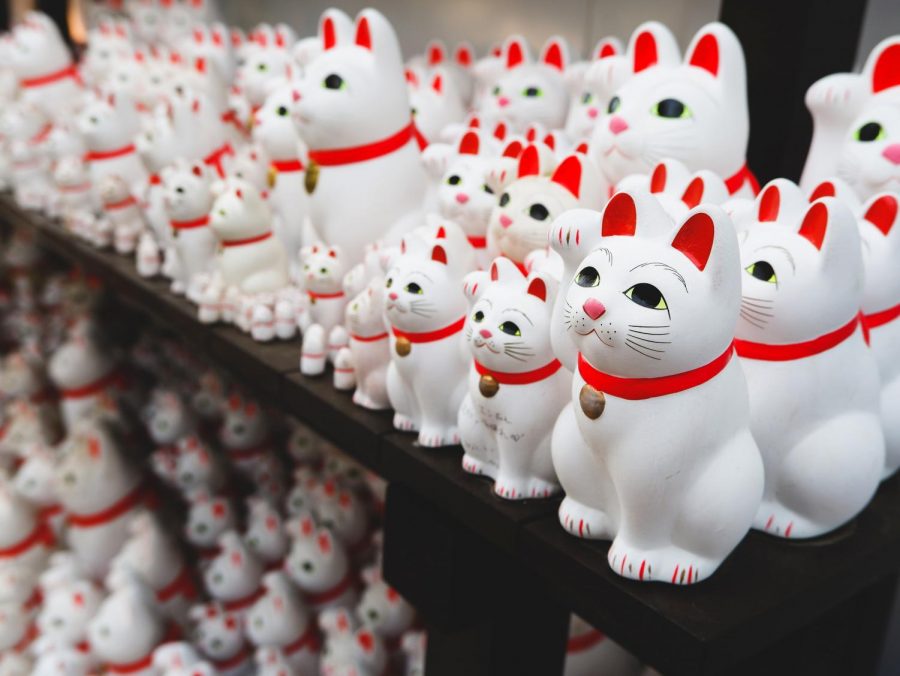How cats are more powerful than they are perceived to be
Since a time when ancient people roamed the world, cats have been worshipped for their strong spiritual aura. The most prominent civilization in which we see this is ancient Egypt, whose religion had several icons modeled after felines, and contained practices such as praying and giving offerings to cats; they were a vital part of ancient Egyptian culture. In fact, it was not uncommon for wealthy cat owners to plan having their pet mummified to protect them in their tomb after death. Those fortunate enough to have had an encounter with these beautiful animals are mesmerized by their tranquility.
Although the spirituality cats hold may sound like nonsense to some, science backs the healing properties that cats possess. While a cat purrs, the frequency emitted ranges from 25-100 hertz. Coincidentally, this frequency corresponds with those established to be “healing frequencies” in therapeutic medicine. The purr of a cat has been said to lessen headaches, provide comfort, and even heal bones–according to researchers, bone responds to 25-50 hertz while skin and soft tissues react to around 100 hertz. These healing qualities explain why we often see cats purring as they sleep in contentment, or sometimes even if they are hurt – purring can be therapeutic and healing for cats as well, and they may use it to soothe themselves (similar to a child sucking their thumb).
These graceful animals are also historically known for their intuitive abilities; many spiritual people believe that cats can sense and repel negative energy. However, these “bad energies” are often referred to as a spiritual concept which lacks scientific evidence. That being said, the animals can observe heavy energy in people. Cats can physiologically notice discomfort or dislike, and are able to perceive the energy and mood of other cats as well as humans– this understanding is established off the basis of body language, pheromones, and adrenaline. Their perceptions allow them to detect and avoid it. Oftentimes, these behaviors are presented by people who are experiencing anxiety, fear, or stress– or by those who dislike cats. In these cases, the feline will sense their energy and choose to avoid them. Felines are uniquely discerning, displaying adaptive tendencies directly related to their primal instincts.
Many people’s perception of cats has been tainted by myths stating that the animals are unloyal and mean. However, it is likely that people who view cats this way have never owned such an emotionally complex and spiritual creature. In addition to this, there could be a reason that certain people feel rejected by cats, which may be the root of their negative feelings towards them. If a human isn’t fond of a cat, the cat will recognize these negative feelings and avoid them– so before exclaiming your prejudice towards such beautiful creatures, reflect on what they may be trying to communicate.
Hello! My name is Alicia. I'm a sophomore and excited to join the Journalism staff for the 2020-2021 school year! I have always loved writing, and am eager...





